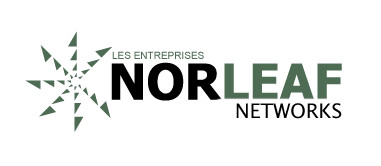
|
Research & Development |
Norleaf Networks Inc. is developing a secure and scalable embedded software routing solution based on the position of mobile nodes/terminals in an infrastructure and ad-hoc wireless environment. The unique embedded routing software solution at the network layer will effectively accommodate dynamic changes in the topology of mobile nodes in the ad-hoc and sensor wireless network by realistically characterizing the physical media between the nodes. The networking layer protocol will be reliable and robust in a physical wireless environment. The trust-based security algorithm involves the development of a novel intrusion-detection system (IDS) based on Trust-models being developed by Norleaf Networks.
Research is also under way to address creating and maintaining desirable topological coverage and connectivity properties in Wireless sensor and robot networks (WSRNs) to facilitate area monitoring and event responsiveness. To best fulfill its designated surveillance tasks, a sensor network must maximally or fully cover the region of interest without internal sensing holes; in order to efficiently gather data (at data sink), it must be well connected and contain high-capacity (e.g., energy-/bandwidth-rich, low-latency and robust) data gathering paths. However, it cannot be expected that sensors were placed in a desired way at initiation as they are often randomly dropped due to operational factors. Sensors may fail without notification at runtime due to power depletion, hardware defects, and damaging events, degrading coverage and connectivity to further extent. We will design algorithms for robot-assisted placement and relocation of static sensors and self-deployment and repositioning of mobile robotic sensors. We will also investigate selecting a required number of robots closest to a given event location to minimize event response delay, and robot partitioning for efficient time-space event coverage of large areas (when insisting on robot connectivity restricts their presence in certain areas). We will also address realistic physical layer issues of proposed solutions, and validate a few solutions via simulations.